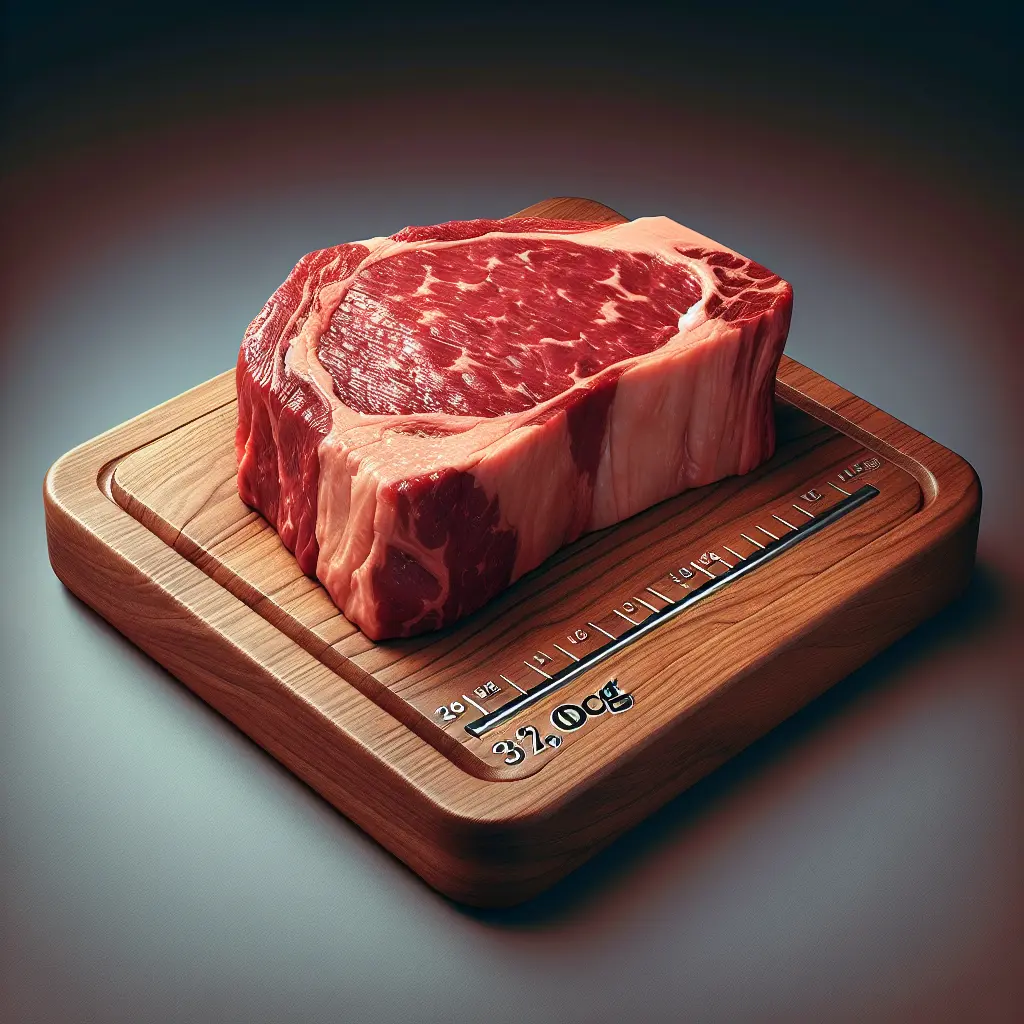The Rib Eye: A Cut Above
The rib eye, a steak cut from the rib section of the cow, is renowned for its exceptional flavor and tenderness. Its rich marbling, the intricate network of fat within the meat, contributes to its juicy and succulent texture. Rib eye steaks typically come in various sizes, ranging from petite 8-ounce cuts to colossal 24-ounce behemoths.
Nutritional Profile
A 3-ounce serving of rib eye steak packs a nutritional punch:
- Calories: 230
- Protein: 21 grams
- Fat: 16 grams
- Carbs: 0 grams
- Fiber: 0 grams
- Sugar: 0 grams
This protein-rich cut is an excellent source of essential amino acids, the building blocks of muscle tissue. Its fat content, primarily monounsaturated and saturated fats, contributes to its delectable flavor and marbling. However, it's important to note that excessive consumption of saturated fat can raise cholesterol levels.
Cooking the Perfect Rib Eye
Mastering the art of cooking a rib eye requires precision and attention to detail. Here are some essential techniques to achieve that mouthwatering steak:
-
Seasoning: Generously season your rib eye with salt and pepper, allowing it to rest for at least 30 minutes before cooking. This allows the seasonings to penetrate the meat, enhancing its flavor.
-
Grilling: Preheat your grill to high heat and sear the rib eye for 2-3 minutes per side. This creates a flavorful crust while locking in the juices.
-
Pan-Searing: Alternatively, heat a cast-iron skillet over high heat and sear the rib eye for 3-4 minutes per side. Finish it off in a preheated oven at 400°F (200°C) for 10-15 minutes, or until it reaches your desired doneness.
-
Doneness: The doneness of your rib eye is a matter of personal preference. Use a meat thermometer to ensure accuracy:
- Rare: 125-130°F (52-54°C)
- Medium-rare: 130-135°F (54-57°C)
- Medium: 135-140°F (57-60°C)
- Medium-well: 140-145°F (60-63°C)
- Well-done: 145°F (63°C) and above
-
Resting: Once cooked, let the rib eye rest for 5-10 minutes before slicing and serving. This allows the juices to redistribute, resulting in a more tender and flavorful steak.
Enhancing Your Rib Eye Experience
Elevate your rib eye dining experience with these tantalizing accompaniments:
-
Compound Butter: Create a flavorful compound butter by combining softened butter with herbs, spices, and citrus zest. Spread it over the cooked rib eye for an extra burst of richness.
-
Grilled Vegetables: Roast or grill a medley of vegetables, such as asparagus, mushrooms, or bell peppers, to accompany the rib eye. Their vibrant colors and flavors complement the steak perfectly.
-
Sauce Options: Experiment with various sauces to complement the rib eye's bold flavor. A classic Béarnaise sauce, a tangy chimichurri, or a rich red wine reduction can enhance the overall dining experience.
Conclusion
The rib eye steak is a culinary masterpiece that embodies the essence of a true meat-lover's delight. Its rich marbling, exceptional flavor, and versatility make it a staple in any steak enthusiast's repertoire. Whether you prefer it grilled, pan-seared, or cooked to your desired doneness, the rib eye is sure to tantalize your taste buds and leave you craving for more.
How many calories are in Rib Eye?
Each 3 oz of Rib Eye contains 230 calories.
Rib Eye Nutritional Information
| Nutrient | Amount per 3 oz (85g) |
|---|---|
| Calories | 230 Calories |
| Protein | 21g |
| Fat | 16g |
| Saturated Fat | 7.2g |
| Cholesterol | 0.066mg |
| Carbohydrates | 0g |
| Dietary Fiber | 0g |
| Sugar | 0g |
| Sodium | 0.049mg |
| Potassium | 0.2372mg |
| Calcium | 0.01mg |
| Iron | 0.002mg |
